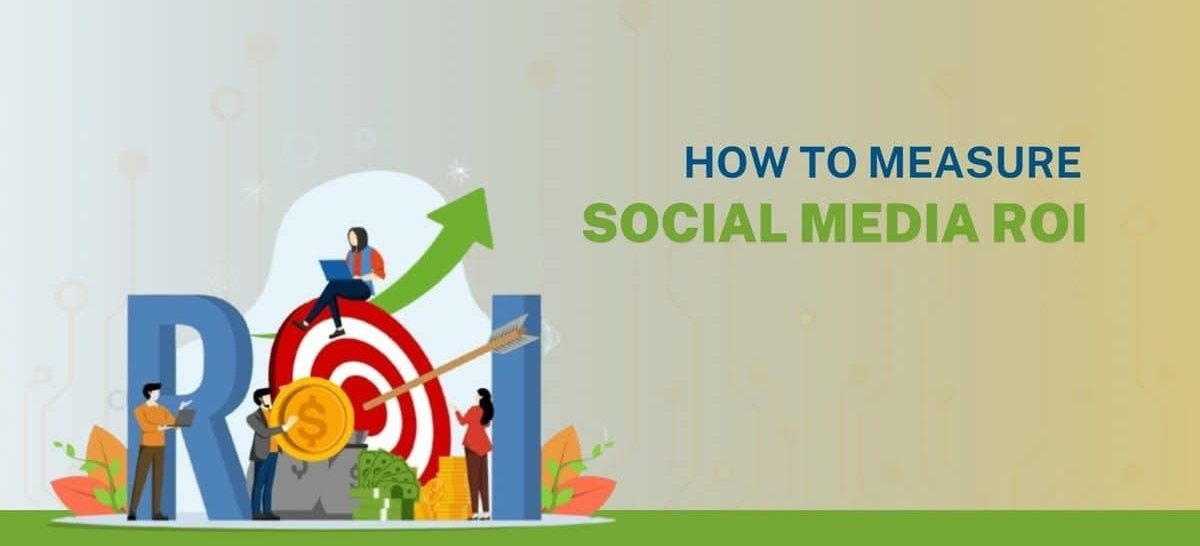In the realm of digital marketing, measuring Return on Investment (ROI) on social media has become a top priority for brands. They seek to optimize strategies, drive revenue, and maximize impact in the competitive digital landscape. Understanding the value from social media efforts is essential. It helps brands assess campaign effectiveness, allocate resources efficiently, and demonstrate tangible returns. This article explores why brands prioritize ROI on social media, the challenges in measuring ROI accurately, and the strategies to enhance ROI metrics.
1. Demonstrating Value and Impact:
Measuring ROI shows the value and impact of marketing efforts in quantifiable terms. However by tracking key performance indicators (KPIs) such as engagement rates, conversions, click-through rates, and revenue, brands can assess strategy effectiveness. A positive ROI showcases marketing impact, justifies budget allocations, and guides future initiatives.
2. Optimizing Marketing Budgets and Resources:
Prioritizing ROI helps brands optimize their budgets. They can allocate resources to channels and strategies that deliver the highest returns. Identifying which platforms, campaigns, and content formats generate the most ROI allows for better investment decisions. This maximizes impact, enhances audience reach, and drives measurable results.
3. Aligning Social Media Objectives with Business Goals:
Measuring ROI aligns social media objectives with broader business goals. Connecting social media metrics to outcomes like lead generation, customer acquisition, and sales growth shows social media’s contribution to business success. This alignment facilitates strategic decision-making and ensures initiatives support the organization’s mission.

4. Building Brand Equity and Customer Relationships:
Effective social media strategies build brand equity and foster customer relationships. Measuring ROI assesses the impact on brand perception, engagement, and loyalty metrics. Tracking sentiment analysis, customer satisfaction, and brand mentions helps evaluate the effectiveness of campaigns in building brand equity and strengthening relationships.
5. Increasing Conversion Rates and Sales:
Social media platforms are key for driving conversions, boosting sales, and generating revenue. Measuring ROI helps track conversions, attribute sales to specific channels, and optimize conversion funnels. Understanding social media’s impact on conversion rates and revenue allows brands to refine strategies and improve targeting.
6. Enhancing Audience Engagement and Reach:
Measuring ROI enhances audience engagement and increases reach. By analyzing engagement metrics, reach, and brand visibility, brands can evaluate content effectiveness. Enhancing engagement and reach contributes to brand awareness, audience growth, and community building, ultimately leading to higher ROI.
7. Tracking Performance Metrics and KPIs:
Effective ROI measurement requires tracking key performance metrics. Brands monitor metrics like reach, impressions, engagement rates, and return on ad spend (ROAS). Setting specific goals, tracking KPIs, and evaluating performance consistently helps optimize social media strategies.

8. Improving Content Strategy and Campaign Effectiveness:
Measuring ROI provides insights into content strategy effectiveness and campaign performance. Analyzing performance metrics and user feedback identifies successful content formats and messaging strategies. Understanding which types deliver the best ROI allows brands to optimize their content strategy and create more engaging campaigns.
9. Uncovering Opportunities for Growth and Innovation:
Measuring ROI uncovers growth and innovation opportunities. Analyzing metrics, identifying trends, and benchmarking against industry standards help identify areas for improvement. Tracking ROI enables brands to adapt to changes in consumer behavior and capitalize on emerging trends.
10. Demonstrating Accountability and Performance:
Prioritizing ROI demonstrates accountability and performance. Quantifying social media campaigns’ impact and attributing revenue to specific channels proves value and effectiveness. This builds trust and confidence in marketing strategies, fostering stronger relationships with stakeholders and investors.
In conclusion, brands that focus on measuring ROI on social media can refine their strategies, optimize budgets, and achieve their marketing objectives more effectively.










